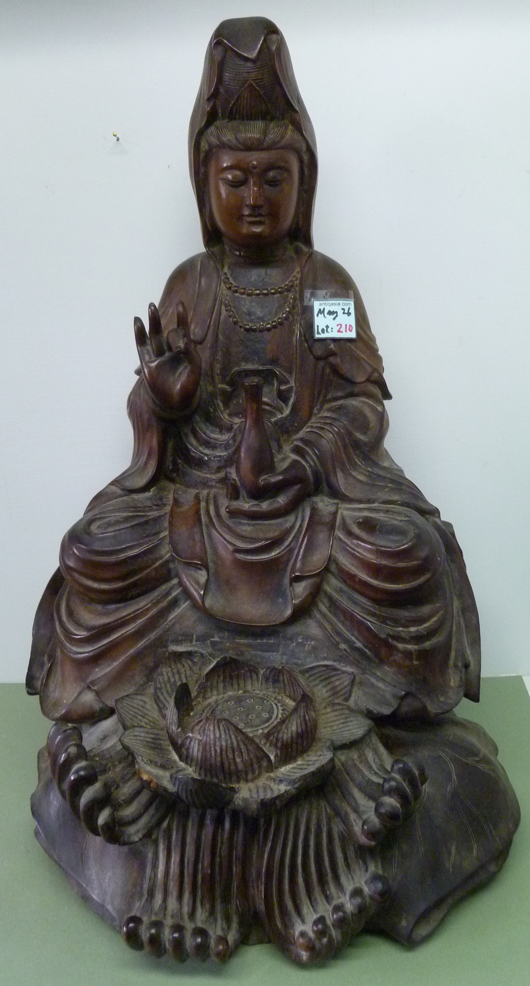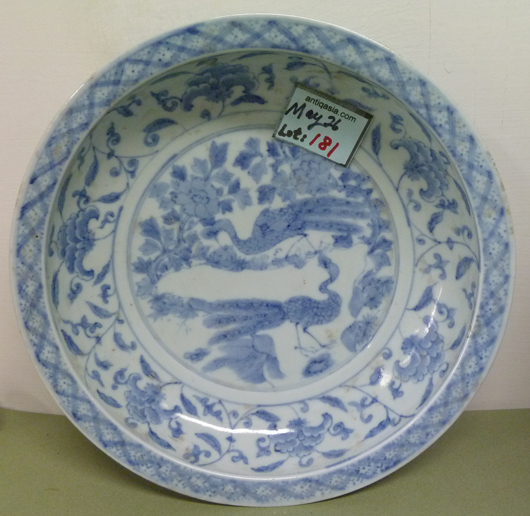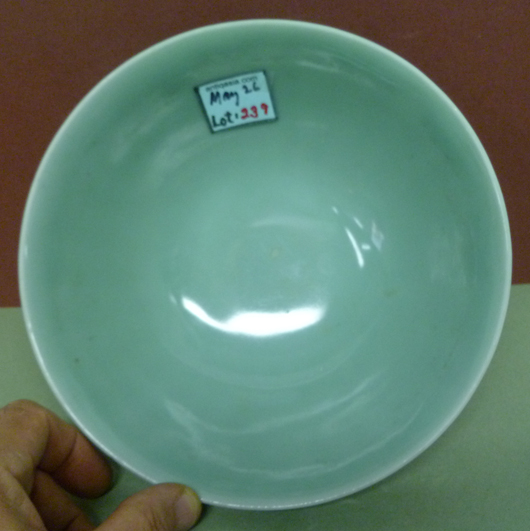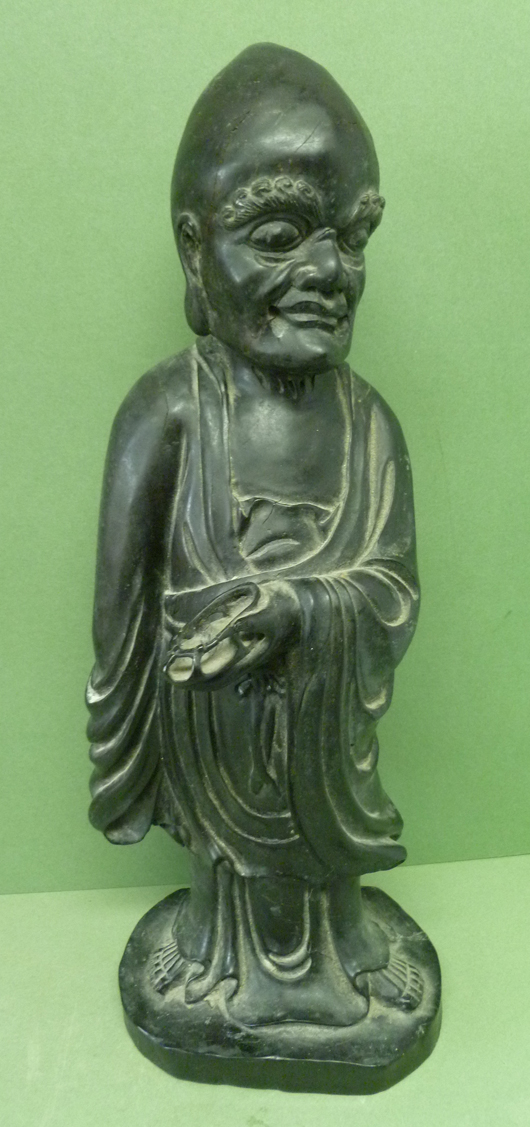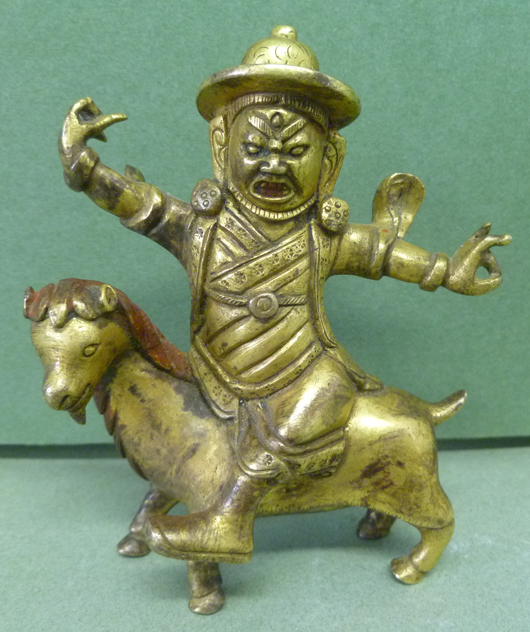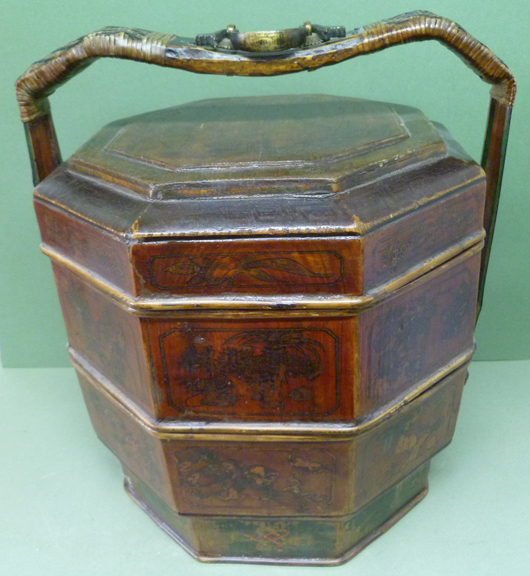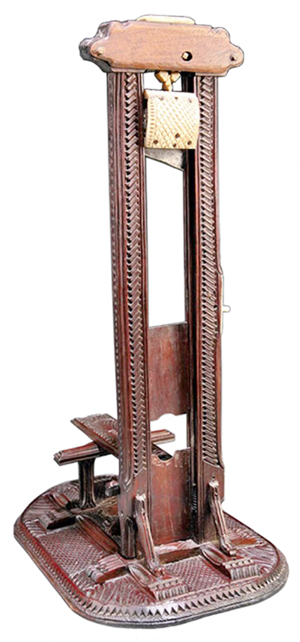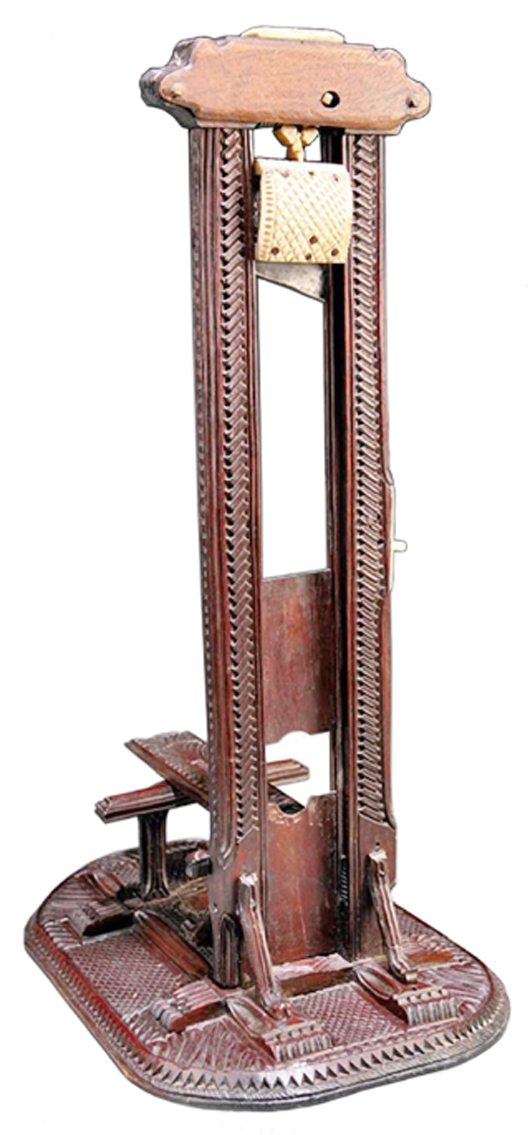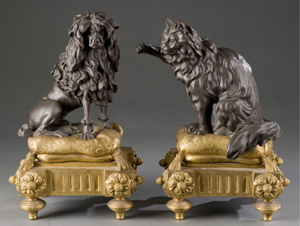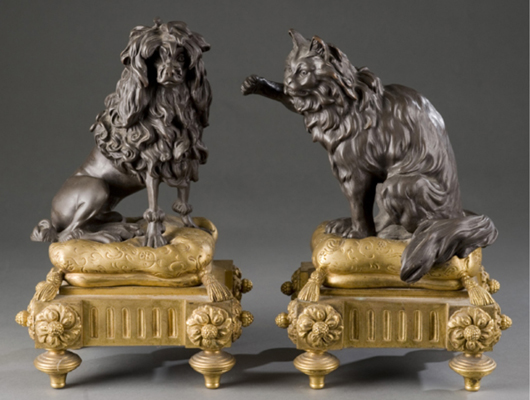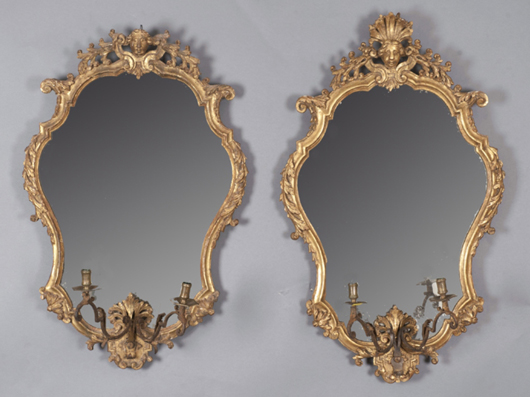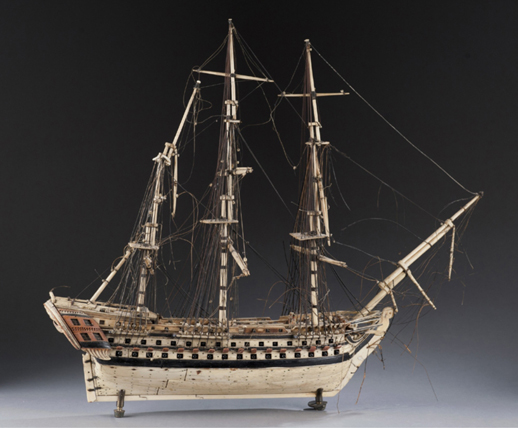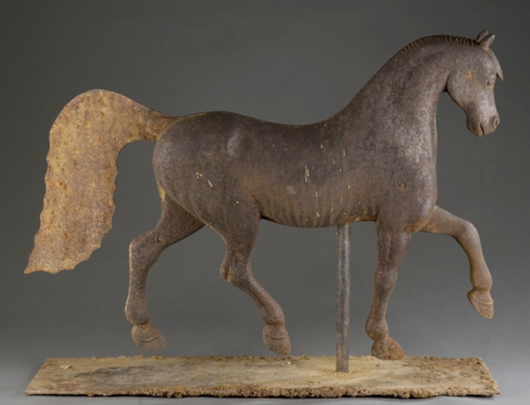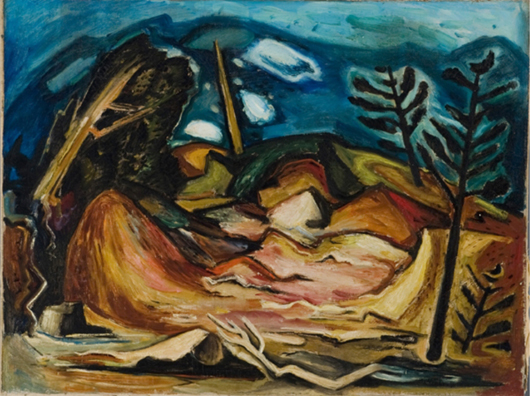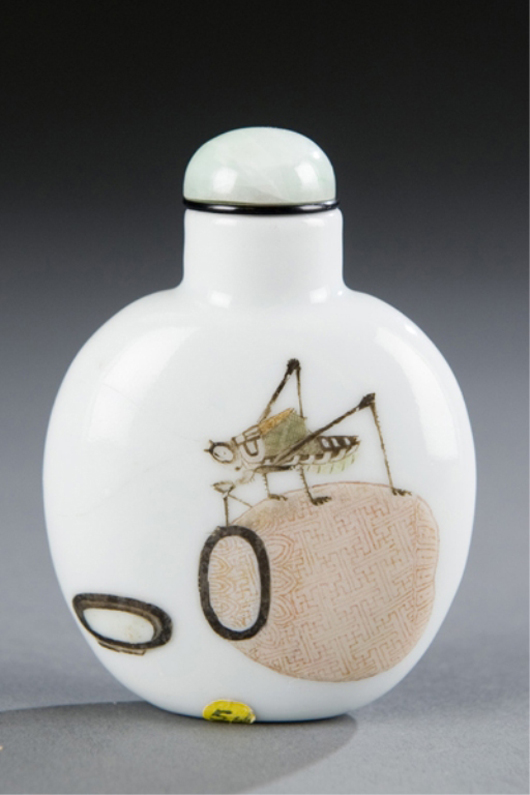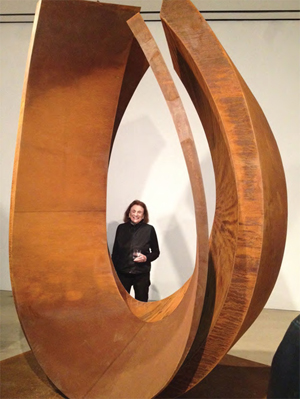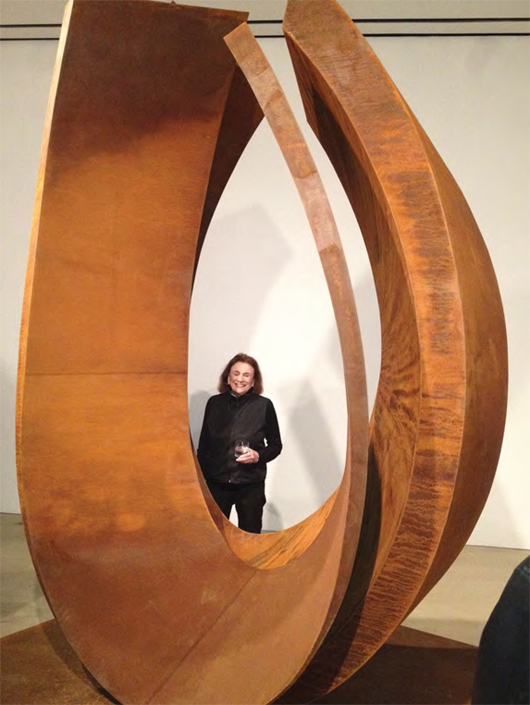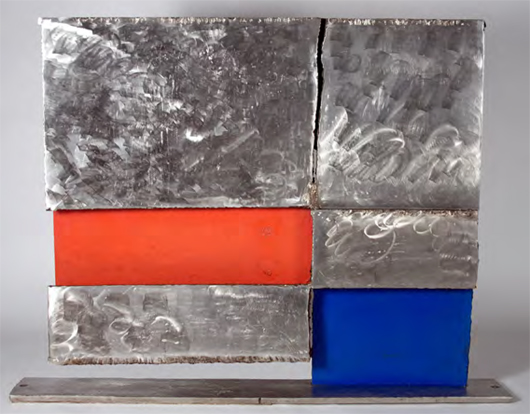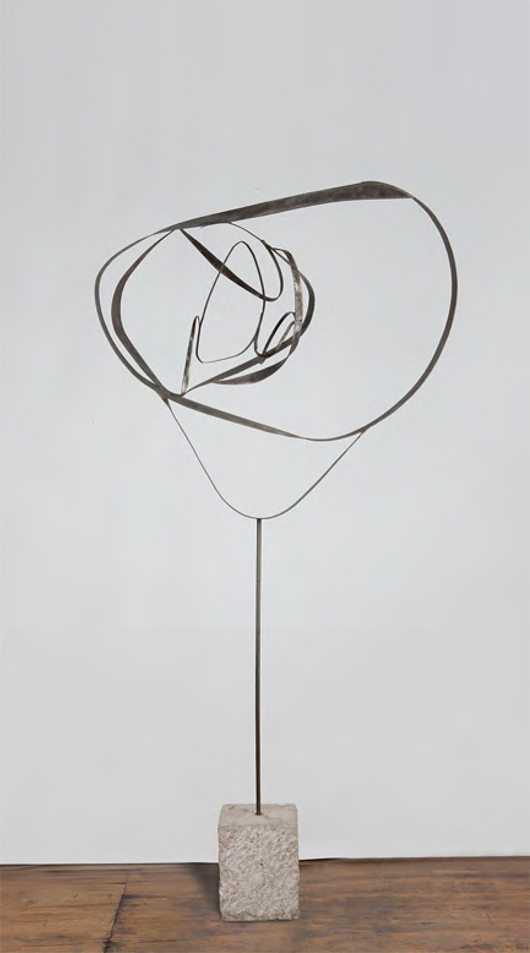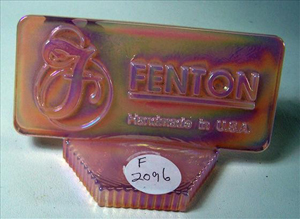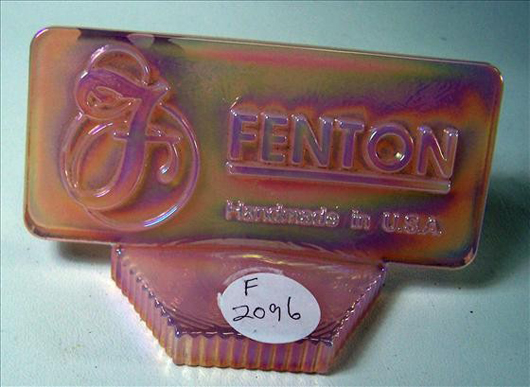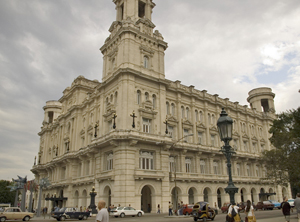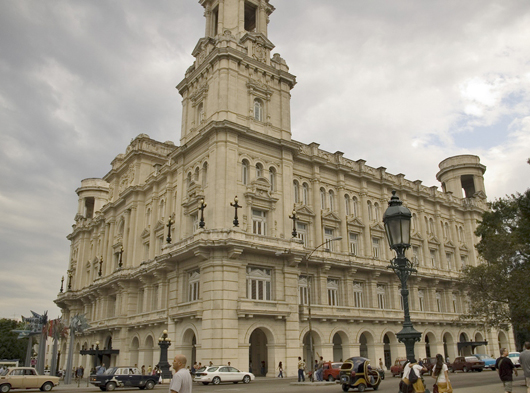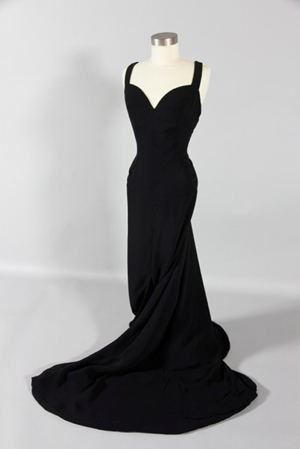
Luis Estevez’s interpretation of the dress featured in John Singer Sargent’s painting ‘Madame X.’ Image courtesy Kaminski Auctions. BEVERLY, Mass. – Kaminski Auctions will conduct a vintage and couture auction Thursday, June 7, at 6 p.m. EDT at the company’s gallery, 117 Elliott St. (Route 62). LiveAuctioneers.com will provide Internet live bidding.
A cocktail hour is planned prior to the auction beginning at 5 p.m.
The highlight of the sale is an iconic Luis Estévez gown, an exact replica of the dress featured in the John Singer Sargent painting Madame X. American-born Madame Pierre Gautreau posed for Sargent’s famous painting, which caused a scandal at the time. In 1960 Dina Merrill posed in a replica of the same gown designed by Luis Estévez for fashion photographer Milton H. Greene for Life magazine.
The article read: “Milton Greene’s classic shot features the American actress and Post Cereal heiress Dina Merrill regally attired in Cuban-born, American fashion designer Luis Estévez’s low-cut black crepe tribute to the famous Sargent painting. Originally published in Life magazine in 1960.”
The prosperity of the 1950s in America saw the rise of the American fashion industry, and Estévez was a pillar of that new foundation. His name was synonymous with designers like Mainbocher, Pauline Trigere, Arnold Scaasi and Norman Norell.
Estévez began designing under his own name in 1955. A year later, after marrying Prince Rainier of Monaco, actress Grace Kelly chose a design by Estévez for her first royal portrait. In 1968 the designer moved to Southern California and was a favorite of Hollywood’s royalty, and designed gowns for Nancy Regan and Betty Ford.
Kate La Chance, Kaminski’s vintage clothing specialist has put together a unique and diverse collection spanning 1950s styles, 1970s retro shift dresses, Bodin knits for vintage collectors to contemporary designer clothing. Designer labels such as Chanel, Gianfranco Ferre, Christian Dior and Ferragamo are included in the sale, as well as costume jewelry, handbags, shoes and hats.
For more information go to to www.kaminskiauctions.com or call 978-927-2223.
ADDITIONAL LOTS OF NOTE
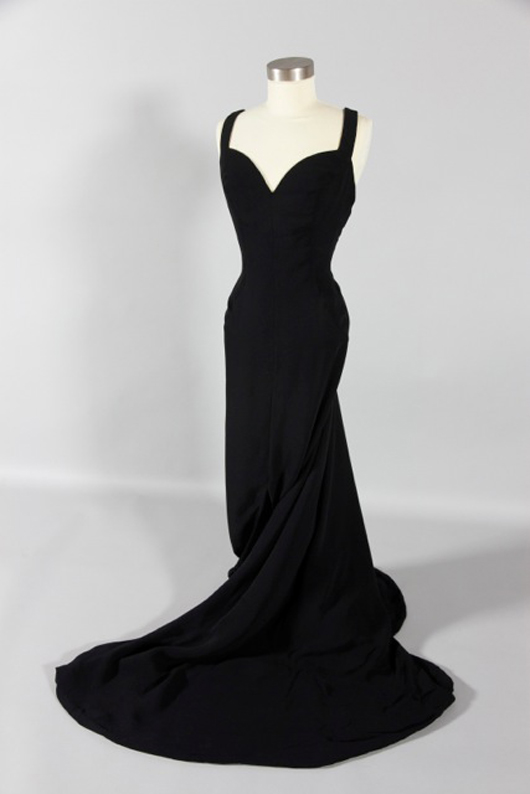
Luis Estevez’s interpretation of the dress featured in John Singer Sargent’s painting ‘Madame X.’ Image courtesy Kaminski Auctions. 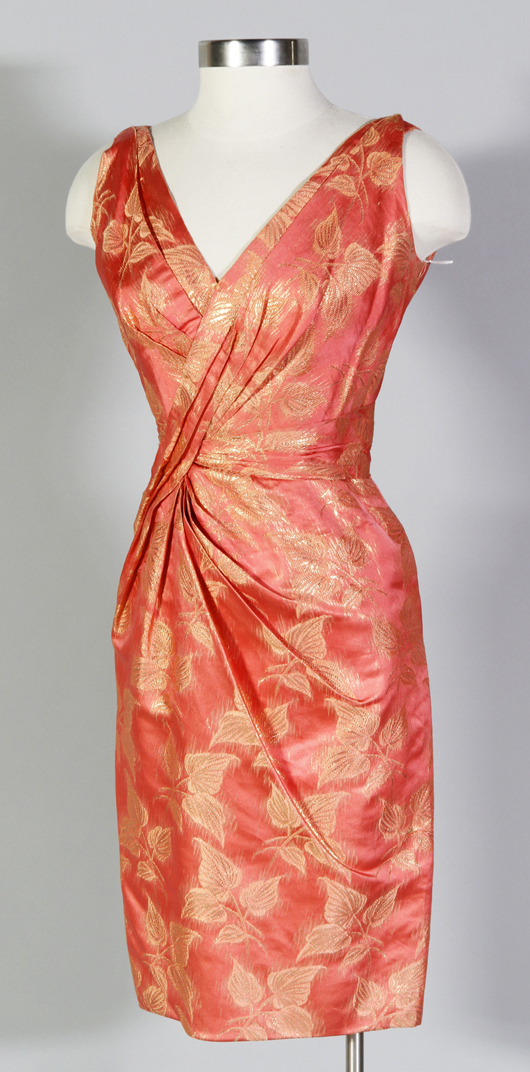
Ceil Chapman cocktail dress, coral color silk with gold metallic stitching in leaf design, coral colored silk lining, double v-neck front and back, rushing on bodice, 15-inch bust x 12-inch waist x 38 inches long. Chapman started her own business in 1940, costumed the musical ‘South Pacific’ and specialized in cocktail dresses. Estimate: $200-$300. Image courtesy Kaminski Auctions. 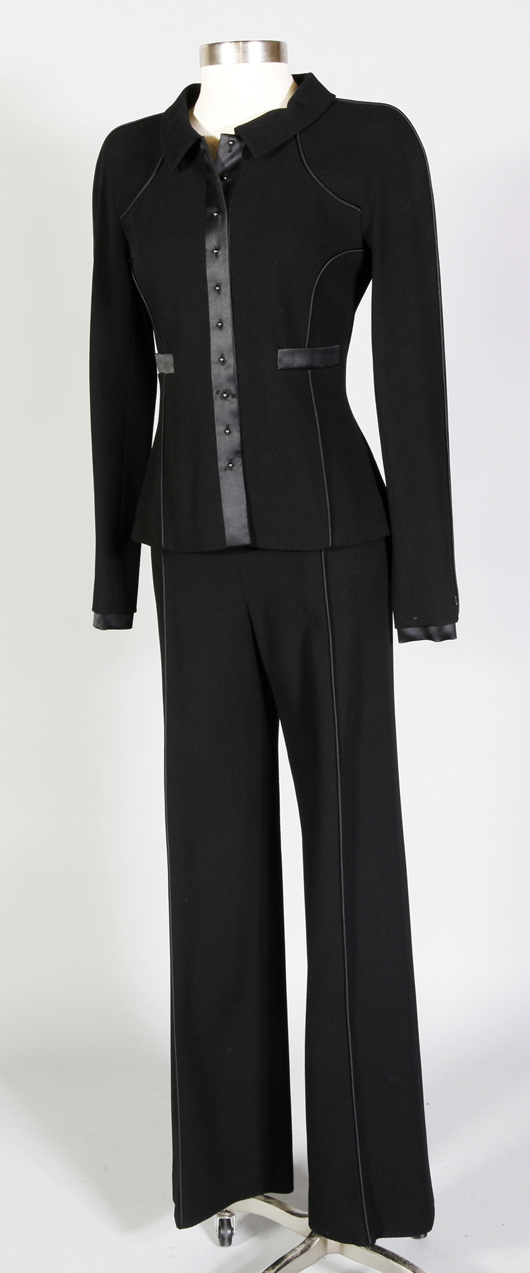
Chanel suit, wool, black with pining detail and satin trim, size 2. Worn once. Estimate: $700-$900. Image courtesy Kaminski Auctions. 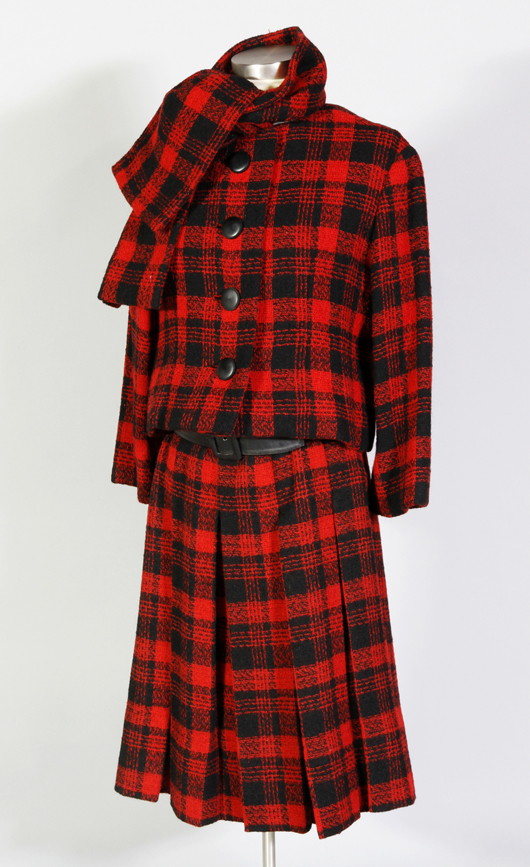
Christian Dior New York sleeveless dress with pleated skirt, cropped jacket and scarf, all matching red and black plaid wool with black satin lining inside body of dress and jacket, matching black belt, zipper closure at back of dress, button closure on jacket, women’s size 8. Owner worked for Christian Dior New York 1959-1962 as receptionist and in-house model, purchased 1960/1961. Estimate: $200-$300. Image courtesy Kaminski Auctions. 
Chanel ‘bird cage’ shoes, beige and tan, size 7 1/2, in original box. Estimate: $300-$400. Image courtesy Kaminski Auctions. 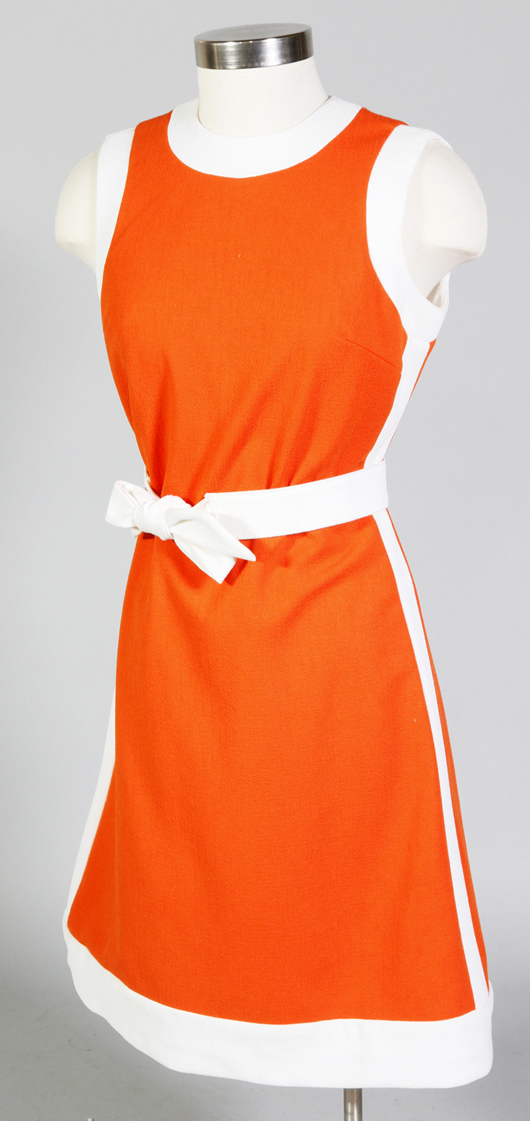
Three ensembles consisting of a day dress by Plaza South, approximately size 10; skirt set with sweater vest, button-down shirt and matching belt, Bodin Knits, size 12; and a two-piece skirt and blouse ensemble with matching green belt, by Personal, size 12. Estimate: $250-$450. Image courtesy Kaminski Auctions. 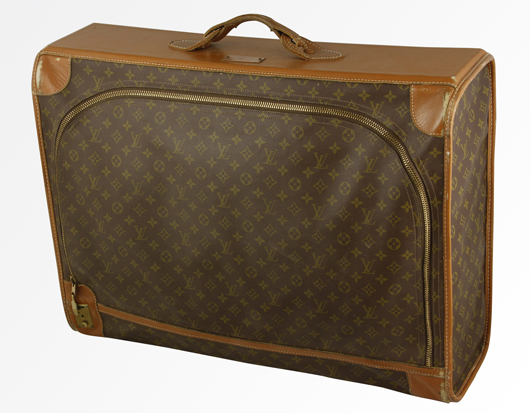
Louis Vuitton soft-sided luggage bag, ‘Manufactured by the French Co. USA under special license’ to Saks Fifth Avenue, circa 1960s, 22 inches high x 28 1/2 inches wide x 9 inches deep. Some surface wear at corners. Estimate: $200-$400.



